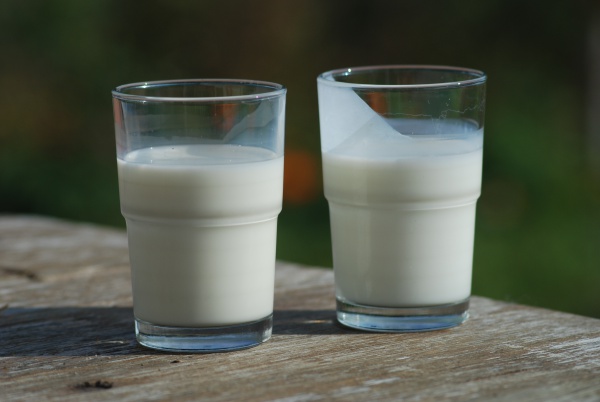Facts About Buttermilk
Buttermilk is a fermented dairy beverage that has transformed over time. Traditionally, it was the liquid residue left after churning butter from cultured cream. Today, it is typically produced by directly culturing milk. This drink is particularly popular in warm climates, where fresh milk tends to spoil quickly without refrigeration. You can drink buttermilk as is or use it in cooking, where it excels in leavening baked goods and tenderizing meat.
In its traditional form, buttermilk is the byproduct of butter-making from cultured cream, fermented by naturally occurring lactic acid bacteria. This type of buttermilk remains common in households across India, Nepal, Pakistan, and various Arab countries. The more modern, cultured buttermilk, introduced commercially in the United States in the 1920s, is made by adding specific bacteria to pasteurized, homogenized milk to replicate the traditional fermentation process. The tangy taste of cultured buttermilk comes from the lactic acid produced during fermentation.
Although buttermilk isn't as popular as it once was, its condensed and dried forms remain significant to the food industry. There is also acidified buttermilk, made by adding an acid to milk as an alternative. Nutritionally, buttermilk is quite similar to regular milk in terms of calories and fat, though the precise nutritional content can vary depending on the fat content of the milk used. It is a good source of vitamins, potassium, calcium, and small amounts of phosphorus.
Buttermilk is treasured in many cuisines and holds cultural significance, particularly in regions like India, Nepal, and the Arab world. It is enjoyed both as a beverage and as a vital ingredient in traditional dishes. Its unique flavor and versatility make it a valuable addition to both traditional and modern cooking.

 Germany
Germany